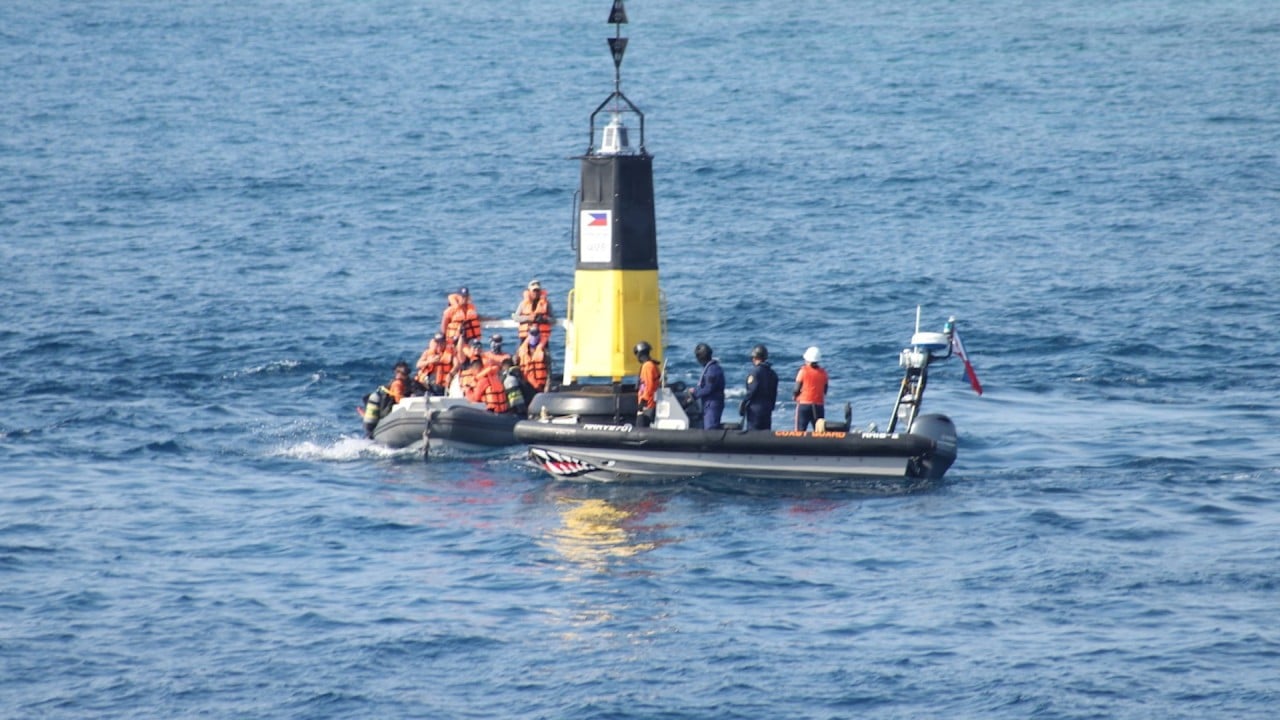
US and the Philippines are playing a dangerous game in the South China Sea
- Provocative actions over a contested atoll, the US stepping up threats over mutual defence, and planned joint naval patrols could push China to miscalculate
- An incident like that in the Gulf of Tonkin – real or manufactured – which launched the US into the Vietnam war, may push an anti-China Congress to demand military action
On August 4, 1964, the US claimed that North Vietnamese patrol boats had attacked the US naval destroyer Maddox in the Gulf of Tonkin. This led to the passage by the US Congress of the Gulf of Tonkin Resolution less than a week later that became then-president Lyndon Johnson’s legal justification for sending US forces to South Vietnam. That led to the open involvement of the United States in Vietnam’s civil war.
We now know that the attack never happened and the fateful decisions were based on naval intelligence shaped to fit Johnson’s political needs and preferences. He was looking for an excuse to take the country to war without a formal declaration by Congress. That was then. But history has a way of repeating itself, especially if lessons go unlearned.
Could recent developments set the stage for an excuse for the US military to enter someone else’s conflict – this time, between the Philippines and China in the South China Sea? Such an incident could – like before – suck US allies Australia and South Korea into a wider fray.

But the Philippines may have been trying to provoke an incident. The two Philippine coastguard vessels broadcast their intention to enter the shoal and warned the Chinese vessels to “stay clear from our passage”. Manila knew from previous experience that China would react aggressively to such a move. But it may have wanted to instigate a Chinese response for the international journalists conveniently invited along on its “sovereignty patrol” as part of a campaign to publicise China’s depredations.
Curiously, the incident happened to involve the Philippine vessel not carrying the journalists, allowing them to observe without being in immediate danger. The journalists duly sensationalised the incident.
It now “reaffirms that an armed attack in the Pacific, which includes the South China Sea, on Philippine armed forces, public vessels or aircraft, including those of the coastguard, would invoke US mutual defence commitments under Article IV of the 1951 US Philippines Mutual Defence Treaty”.
Further, the commander of the US Pacific Fleet, Admiral Samuel Paparo, said the US is prepared to help the Philippines if China interferes with Manila’s efforts to resupply its forces on its grounded naval ship on the shoal.
The treaty’s Article IV states that an armed attack on either party would be acted upon in accordance with its constitutional processes, and that this shall be brought to the immediate attention of the UN Security Council. Once the council has restored peace and security, hostilities must cease.
South China Sea flashpoints are multiplying. What will China do?
The US has generated public pressure on itself to make good on its threat. Otherwise, it will lose credibility and be considered a toothless tiger. This could cause China to miscalculate. The situation is on the verge of becoming a game of chicken between the US and China with the Philippines in the middle and perhaps even a facilitator.
If neither side blinks, a clash could ensue. To try to contain the conflict, the US is likely to use a coastguard vessel for any joint patrol – not its navy, which, like China’s, will be lurking over the horizon. Whether any clash intensifies and spreads depends on the wisdom of leaders.
I am optimistic that one or both sides will back off. But, given the anti-China mood in Washington, an incident like that in the Gulf of Tonkin – real or manufactured – may push Congress to demand military action. Hold on to your hat.
Mark J. Valencia is a non-resident senior research fellow at the Huayang Institute for Maritime Cooperation and Ocean Governance


